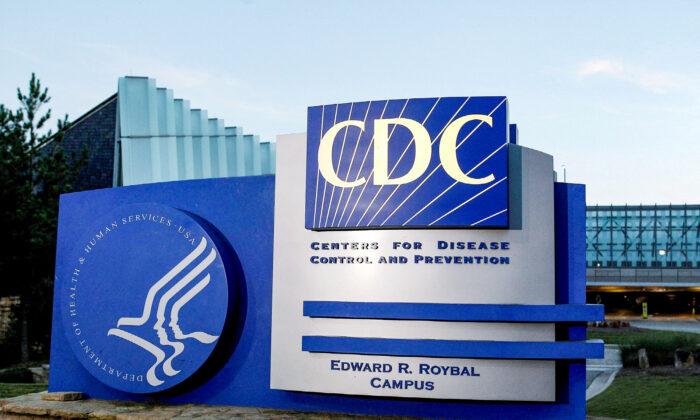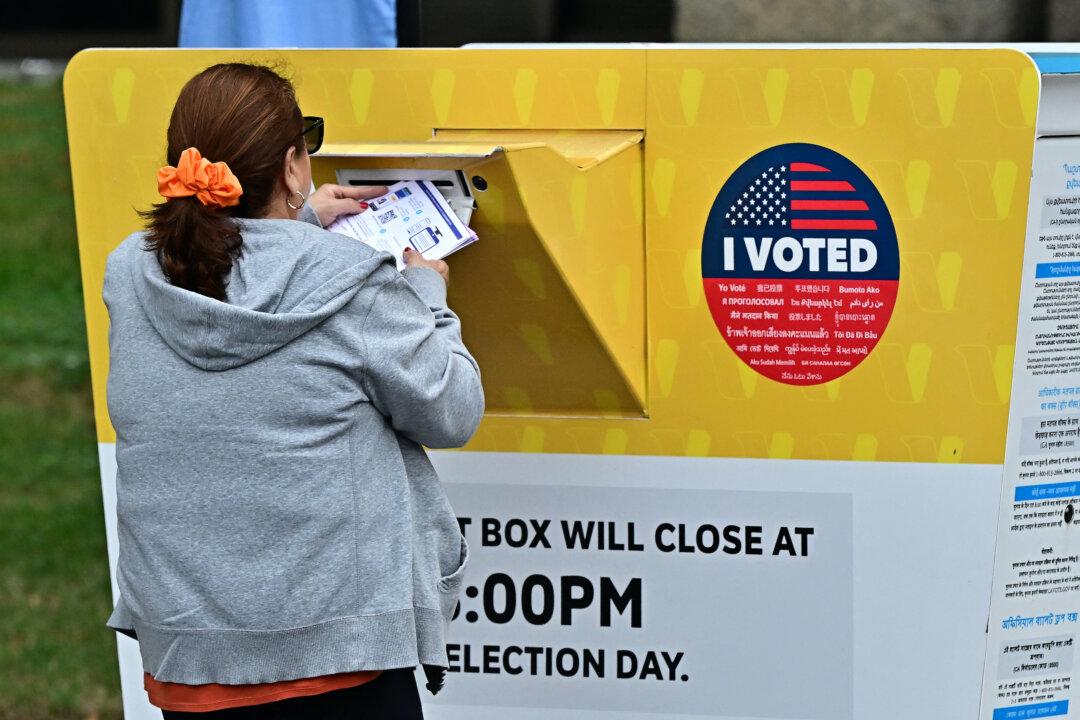Homicides and suicides among young Americans reached their highest levels in decades during the COVID-19 pandemic, according to a new Centers for Disease Control and Prevention (CDC) study.
One key finding was that from 2019 to 2020, the homicide rate for the overall age group spiked by 37 percent, from 7.8 per 100,000 people to 10.7. The increase among teens aged 15–19 was even greater for that period, rising from 8.9 per 100,000 to 12.3. In 2021, it rose again among older teens to 12.8—the highest rate since 1997, according to CDC data.
Year-over-year, 2020 marked the largest increase in homicide rates across all age groups.
But while the overall homicide rate saw periods of increase and decline over the 20-year span, the suicide data showed a general upward trend after 2007.
From 2007 to 2021, the suicide rate among those aged 10–24 increased by 62 percent, from 6.8 deaths per 100,000 to 11. However, across different age groups, the point at which those rates began to steadily increase differed.
Additionally, among the 10–14 and 20–24 age groups, the suicide rates exceeded the homicide rates in 2021.
Mental Health Crisis
Dr. Steven Woolf, a Virginia Commonwealth University researcher who wasn’t involved in the CDC study, said the increase in homicide and suicide rates “reflects a mental health crisis among young people and a need for a number of policy changes.”“Keep in mind that death rates have been falling dramatically in young people due to progress in pediatric medicine and curing cancer and deaths from birth defects,” Woolf told the outlet. “We’ve also markedly reduced the risk of deaths from car accidents. But this upward trend is the result of four causes: suicides, homicides, drug overdoses, and car accidents, mainly in young people 10 to 19 years old.”
As for the causes of the climbing suicide and homicide rates, Dr. Madhukar Trivedi, a psychiatrist at the University of Texas Southwestern Medical Center, said that the isolation of the COVID-19 lockdowns could be a contributing factor.
Academic Decline
Other recent reports suggest that the pandemic may have negatively affected young Americans in other ways, including academically.Likewise, average math and reading scores among fourth and eighth graders saw their largest-ever decline between 2019 and 2022.
According to Peggy Carr, commissioner of the Department of Education’s National Center for Education Statistics, the academic decline is evidence of the “profound toll on student learning during the pandemic.”
“The results also underscore the importance of instruction and the role of schools in both students’ academic growth and their overall well-being,” Carr said amid the release of math and reading scores in October 2022. “It’s clear we all need to come together—policymakers and community leaders at every level—as partners in helping our educators, children, and families succeed.”
Education Secretary Miguel Cardona echoed Carr’s comments in April, when the history and civics scores were published.
“The latest data from the National Assessment of Educational Progress further affirms the profound impact the pandemic had on student learning in subjects beyond math and reading,” he said in a statement. “It tells us that now is not the time for politicians to try to extract double-digit cuts to education funding, nor is it the time to limit what students learn in U.S. history and civics classes.
“We need to provide every student with rich opportunities to learn about America’s history and understand the U.S. Constitution and how our system of government works. Banning history books and censoring educators from teaching these important subjects does our students a disservice and will move America in the wrong direction.”
Cardona’s comments came amid a growing push to ban the teaching of controversial concepts such as critical race theory in public schools.
But former Education Secretary Betsy DeVos pushed back against her successor’s assertions.
DeVos also challenged the claim that the pandemic lockdowns were the source of students’ falling test scores, pointing out that history scores have been on the decline since 2014.
“Today is yet another reminder we have a government-run, union-controlled, one-size-fits-NONE education system where supermajorities of kids aren’t proficient in reading, math, history or civics,” she wrote. “The need for #EducationFreedom couldn’t be any clearer or more urgent.”





